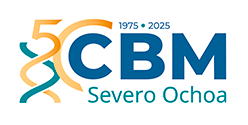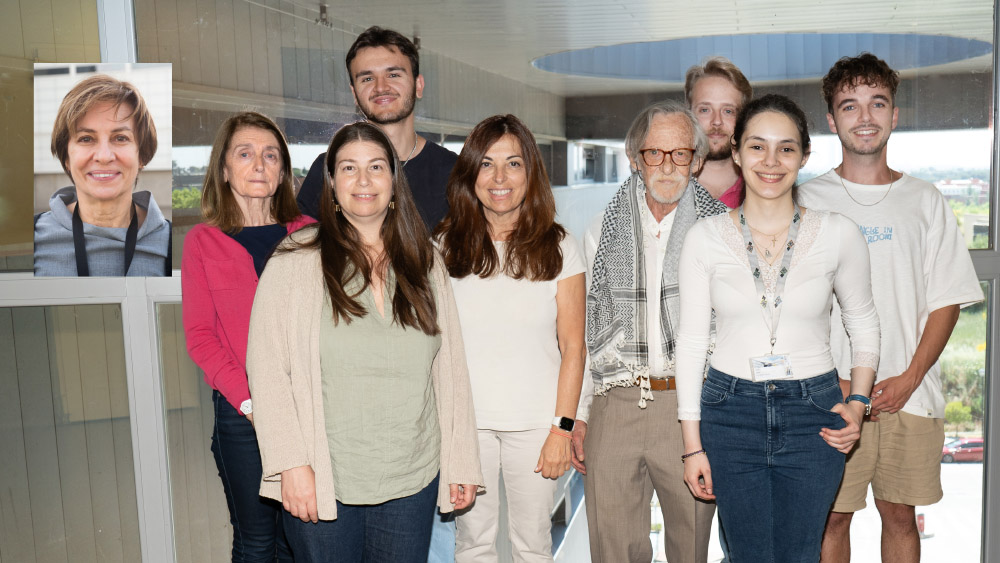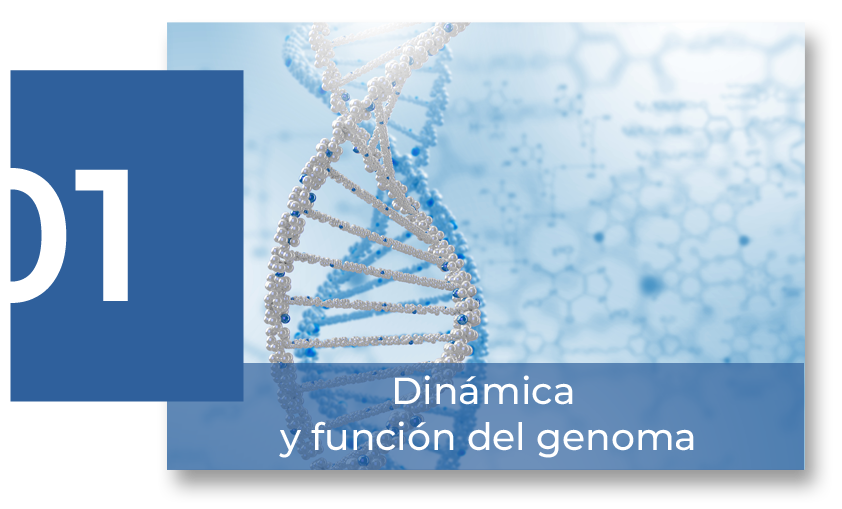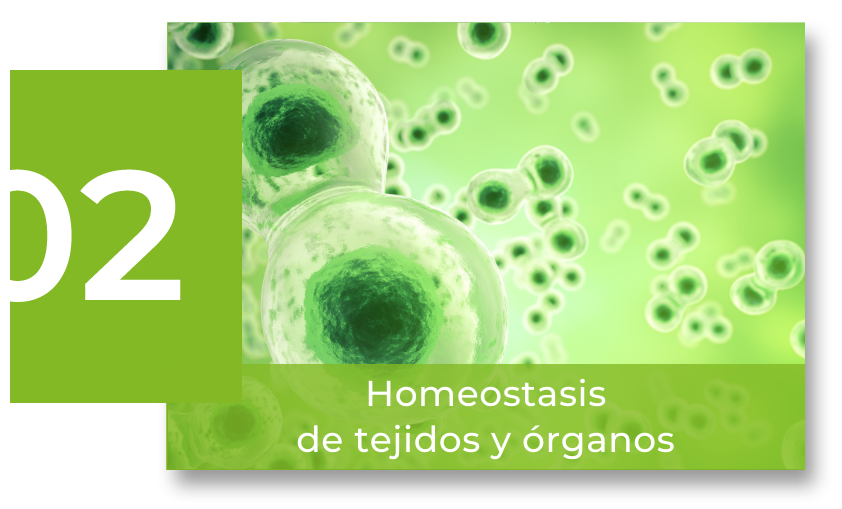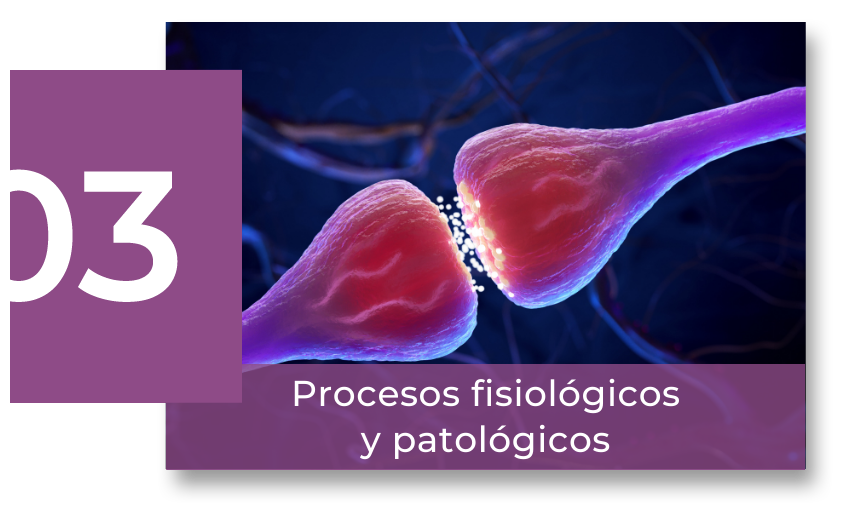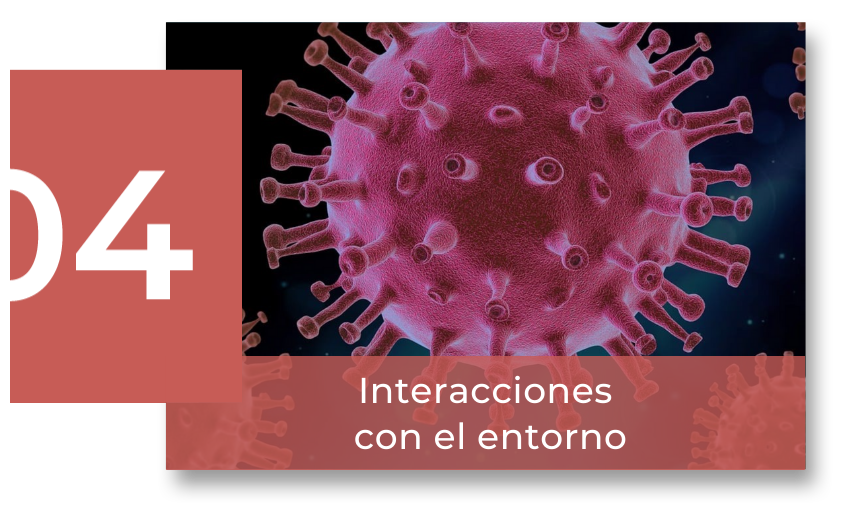Scientific Program
Tissue and organ homeostasis
RESEARCH GROUP
Mechanisms of cell-cell signaling during development

Isabel Guerrero Vega
Cell communication occurs in a precise manner during morphogenesis. We hypothesise that during this process, tissues exchange signals through direct contact mediated by filopodia emitted by cells located at short and long distances, similar to neuronal synapses. Knowledge of the underlying signalling mechanisms will also contribute to understanding the maintenance of adult homeostasis and tumor progression.
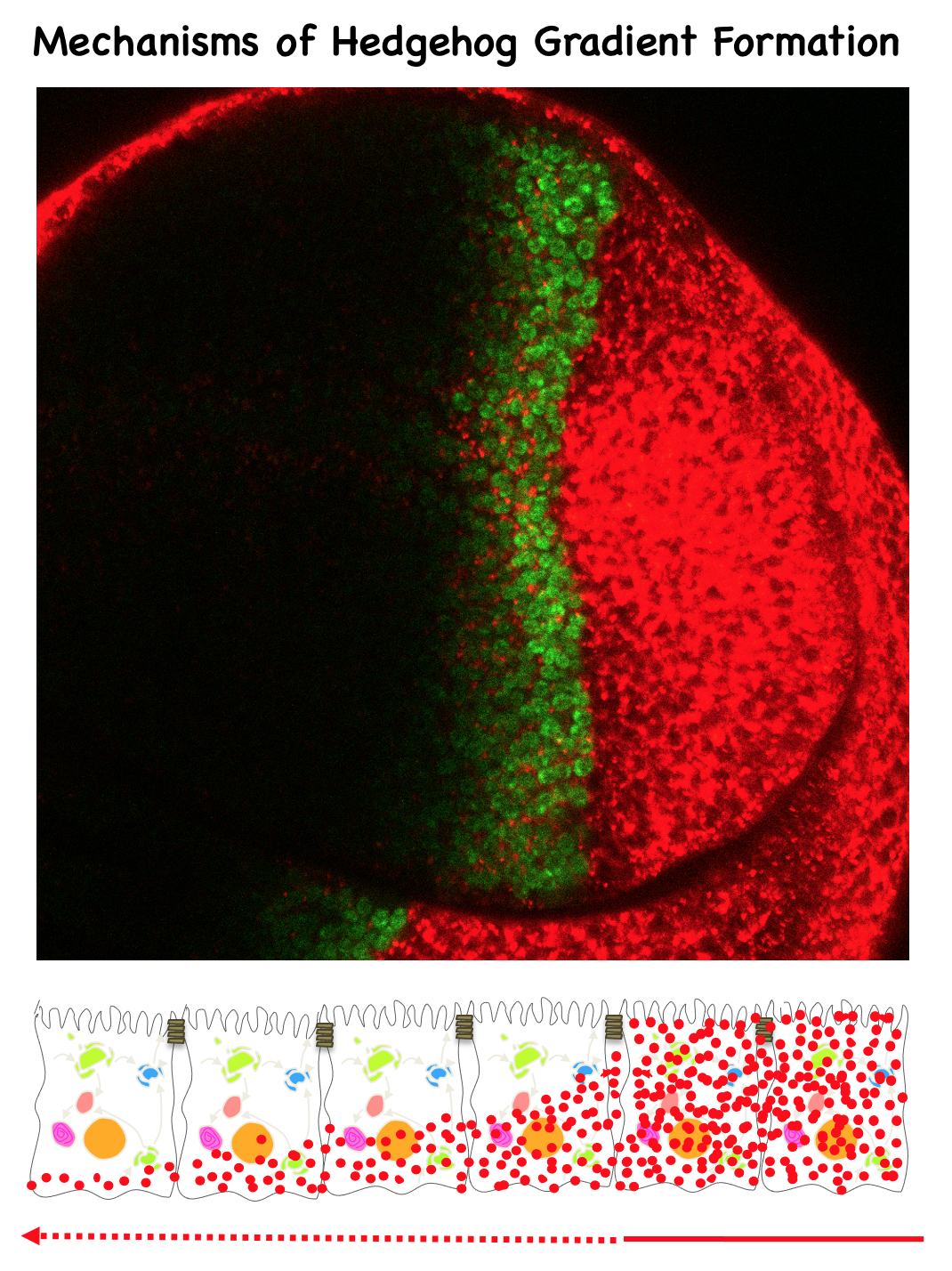
Research
Cell-to-cell communication is a key event that occurs in a precise manner during normal development, and its misregulation causes diseases such as cancer, malformations and neurological disorders. During differentiation and growth of an organism, several signalling molecules function as messengers between cells. In some cases, long-distance cell-cell signal communication is essential, and some of these signalling molecules act in a concentration dependent manner (defined as morphogens). The graded distribution of these signaling molecules in a morphogenetic field and the ability of the receptor cells to respond specifically to different ligand concentrations are tightly regulated processes. Specialized signaling filopodia (cytonemes) have proposed to mediate a precise long distant communication within an epithelium. Using the fruit fly, we have demonstrated that cytonemes are required for the establishment of a normal Hedgehog morphogen gradient and that vesicles are the Hedgehog carriers in cytoneme-mediated transport for exovesicles secretion. Our hypothesis is that during morphogenesis non-neuronal cells exchange signalling proteins by direct contact between cytonemes at specific sites, similar to neuronal synapses, facilitating concentration and spatial restriction of the signal.
The research of the group is related to the mechanisms of intercellular communication mediated by signaling proteins, the implication of cytoskeleton and vesicular trafficking in cell signaling and the crosstalk between signaling pathways in the fly model system.
The specific objetives are:
To study the mechanisms of interaction between cytonemes from Hedgehog-receiving and Hedgehog-sending cells during the reception. To this aim we are investigating the possibility that Hedgehog signalling process resembles to a synaptic-like process.
To explore the molecular mechanisms for formation and dynamic regulation of cytonemes involved in Hedgehog signaling during normal development.
To decipher the role of EGFR pathway in cytoneme formation and analyze the crosstalk between pathways in normal and pathological development.
Our research is interdisciplinary using diverse experimental systems across tissues in Drosophila, we use state-of-the-art methodologies for genetic, cellular and molecular analyses, superresolution confocal microscopy, electron microscopy and 4D in vivo imaging. The quantitative information generated supports the development of mathematical models of the signalling processes that, in turn, will allow us to explore different hypothesis.
The knowledge of the mechanisms underlying cell-cell signaling and cell signaling integration during normal development will contribute to understand other cell communication processes such as the maintenance of adult homeostasis and tumor progression. This knowledge is essential for the identification of possible targets of pharmacological agents, which will allow designing more specific therapies.
Group members

Ana María de Busturia Jimeno
Lab.: 415.2 Ext.: 4509
abusturia(at)cbm.csic.es
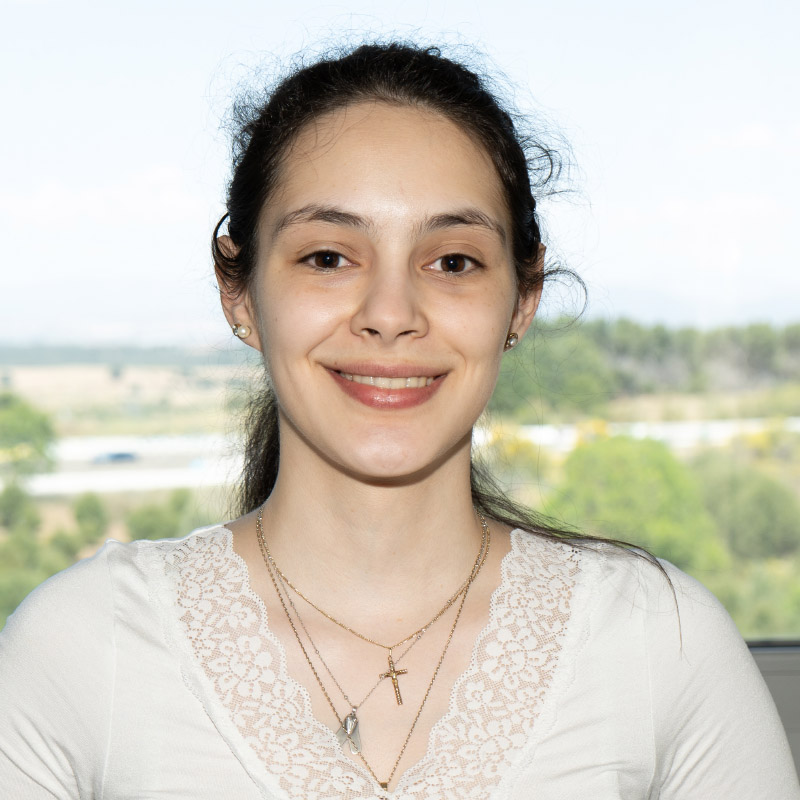
Clara Fernández Pardo
Lab.: 414 Ext.: 4465
clara.fernandez(at)cbm.csic.es
Selected publications

Polarized sorting of Patched enables cytoneme‐mediated Hedgehog reception in the Drosophila wing disc
Laura González‐Méndez et al.

Cytonemes are required for the establishment of a normal Hedgehog morphogen gradient in Drosophila epithelia
Marcus Bischoff et al.

Dispatched mediates Hedgehog basolateral release to form the long-range morphogenetic gradient in the Drosophila wing disk epithelium
Ainhoa Callejo et al.

The Drosophila ortholog of the human Wnt inhibitor factor Shifted controls the diffusion of lipid-modified Hedgehog
Nicole Gorfinkiel et al.
